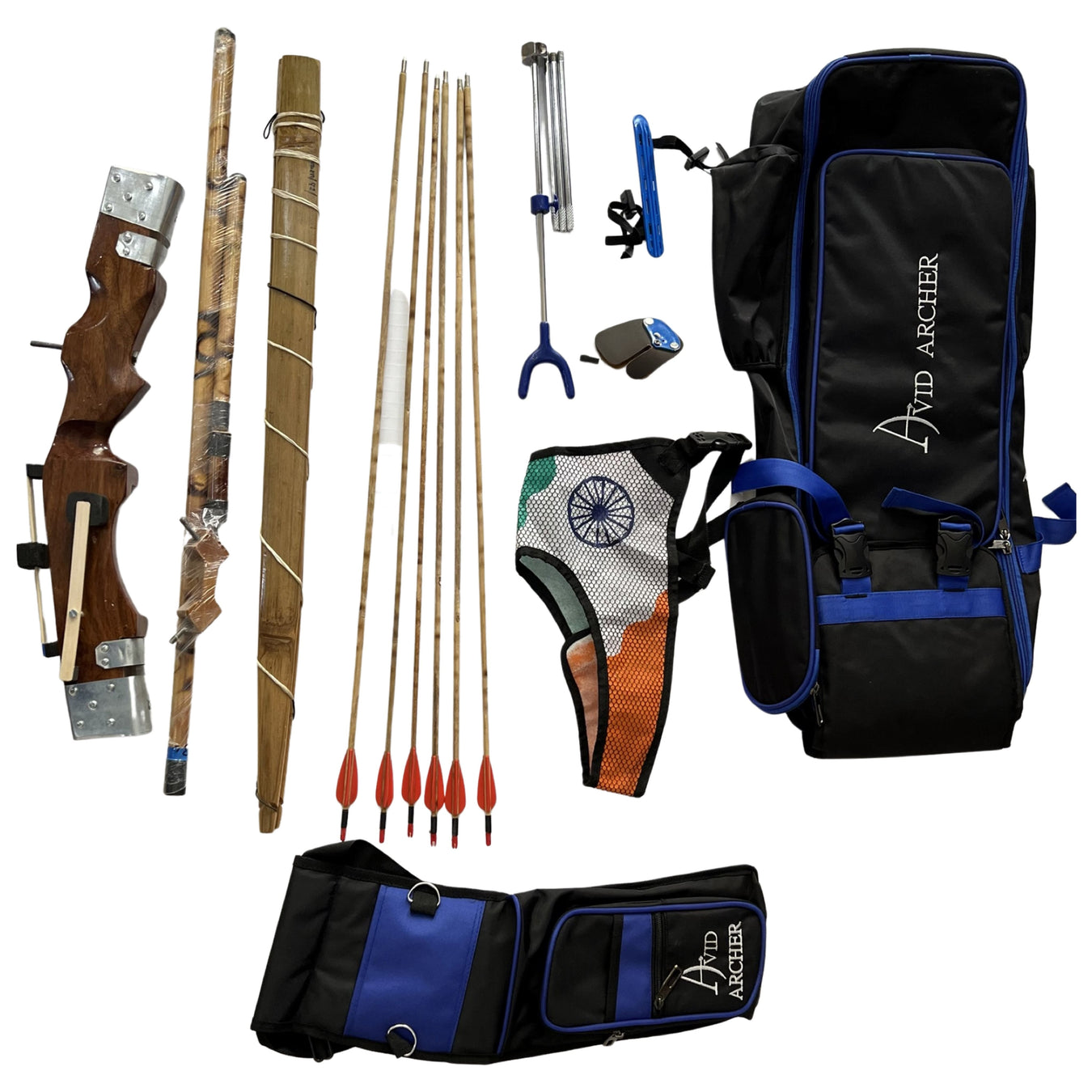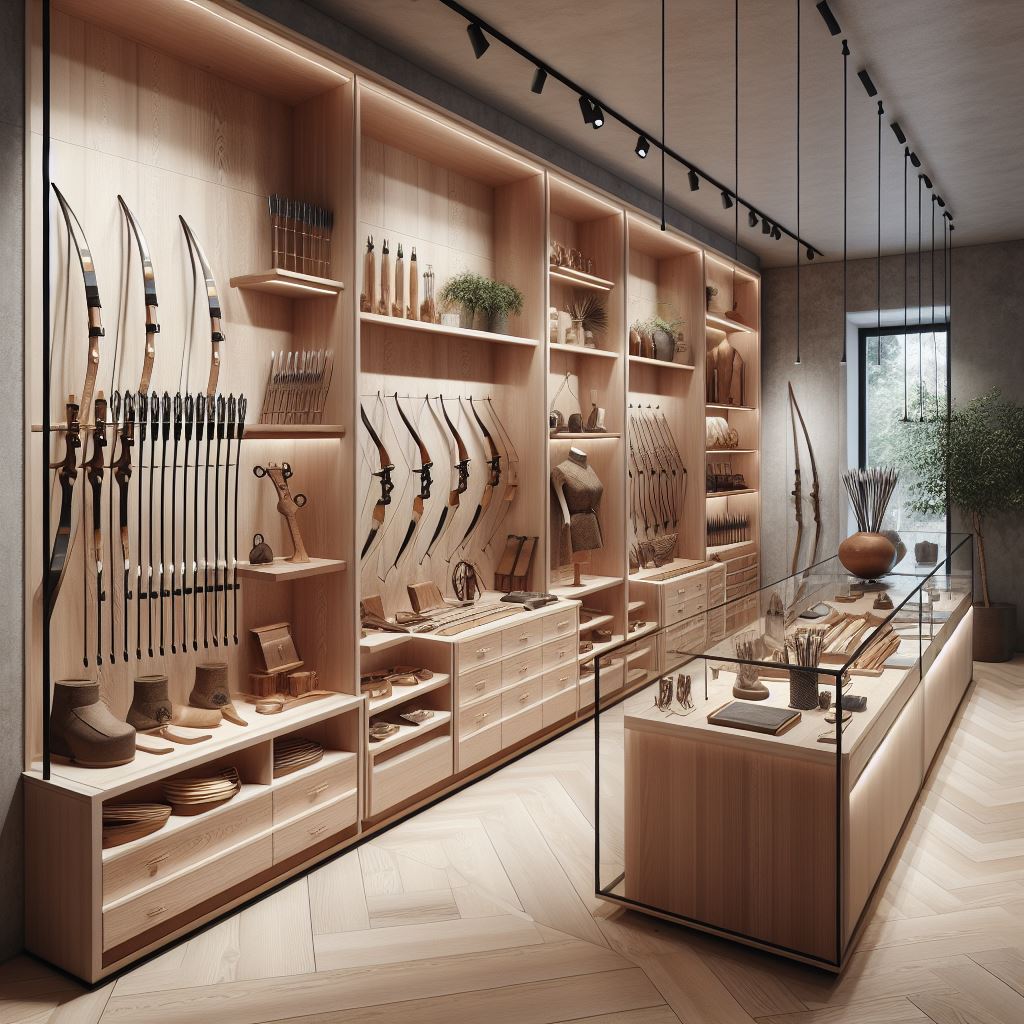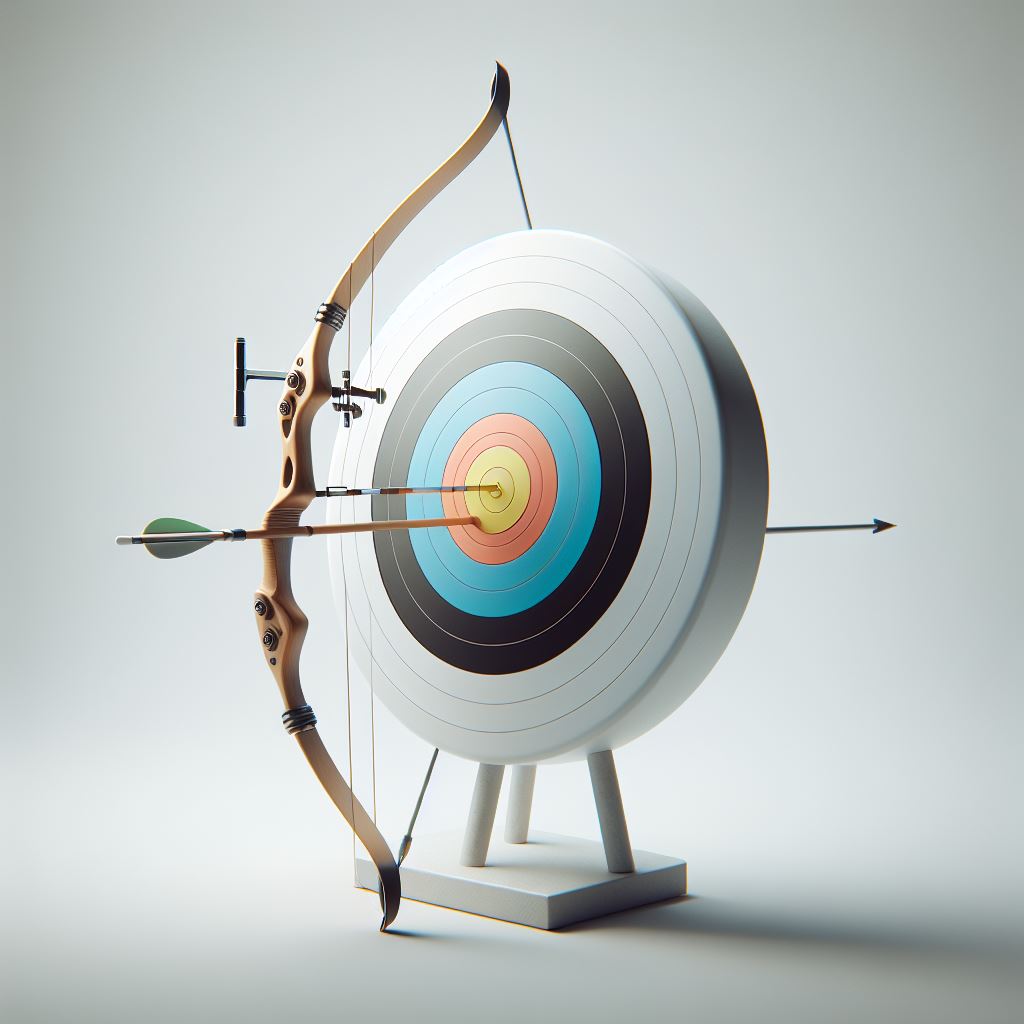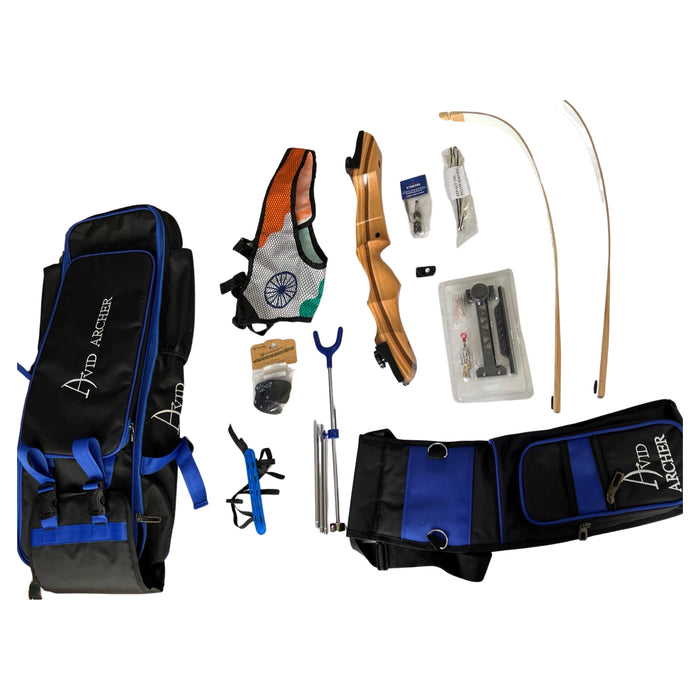
Archery Bows
Huge collection of wooden bows, recurve bows, compound bows of all popular brands at best price

The art of archery has been practiced for centuries, evolving from a means of survival and warfare to a recreational and competitive sport. At the heart of this ancient practice lies the bow – a meticulously crafted instrument that plays a pivotal role in an archer's success. In this comprehensive guide, we will delve into the intricate details of the perfect bow, exploring its anatomy and understanding how each component contributes to precision, power, and overall performance.
The central piece of any bow is the riser, often referred to as the handle or grip. It serves as the foundation to which all other components are attached. The material and design of the riser significantly impact the bow's balance, stability, and overall feel. Modern risers are crafted from a variety of materials, including aluminum, carbon fiber, and wood, each offering unique characteristics.
The limbs are the arms of the bow, extending from the riser and playing a crucial role in power generation. The material of the limbs, such as fiberglass, carbon fiber, or wood, determines the bow's flexibility and resilience. Understanding the balance between stiffness and flexibility in the limbs is essential for optimizing arrow speed and accuracy.
The bowstring is the lifeline of the bow, transferring the energy stored in the limbs to propel the arrow forward. Modern bowstrings are often made from high-performance materials like Fast Flight or Dyneema, providing strength, durability, and minimal stretch. Additionally, cables help distribute the load between the limbs, contributing to a smoother draw and improved accuracy.
A comfortable and consistent grip is vital for accuracy. The bow grip is the point of contact between the archer and the bow, influencing hand placement and overall control. An arrow rest, positioned on the riser, ensures proper arrow alignment and enhances the arrow's flight path. Achieving a harmonious balance between the grip and arrow rest is key to consistency and precision.
For precision targeting, archers often rely on bow sights and peep sights. Bow sights provide a visual reference for aiming, while peep sights, positioned on the bowstring, aid in consistent anchor points. Selecting the right combination of sights is crucial for achieving accuracy at varying distances.
Stabilizers and dampeners play a crucial role in minimizing vibrations, noise, and torque during the shot. Stabilizers, attached to the bow, help balance the weight distribution, reducing hand shock and improving overall stability. Dampeners, strategically placed on the limbs or string, absorb vibrations, contributing to a smoother and quieter shot.
Conclusion:
In the pursuit of archery excellence, understanding the anatomy of a perfect bow is fundamental. Each component plays a distinct role in shaping the bow's performance, and fine-tuning these elements can make the difference between hitting the bullseye and falling short. Whether you're a seasoned archer or a beginner embarking on this ancient journey, a deep appreciation for the intricate details of the perfect bow will undoubtedly enhance your skills and enjoyment of this timeless sport.

Huge collection of wooden bows, recurve bows, compound bows of all popular brands at best price

Archery arrows at best price, great selection of wooden arrows, carbon arrows for recurve and compound bow

Best collection of bow bags, Indian Round Bow Bag, Recurve Bow Bag, Compound Bow Bag

Archery set for beginners, Indian archery set, recurve archery set, takedown bow set, compound bow set

Large collection of archery accessories having all gears of popular brands

Custom handmade full length 6 arrows with rubber fletches. Unmatched quality and have very good performance and highly rated my many Indian archers...
View full detailsAre you planning to experience archery? If yes, then this kit is specifically designed for beginners who want to experience the game of archery. It...
View full detailsPractice is important for all the games and archery is no different. Archers need to practice everyday to excel. Sometimes you just can't practice ...
View full details122x122cm, Target face for archery shooting, FREE four face pins Ideal for match and daily practice Outdoor shooting face Standard target face fo...
View full detailsWhen you play archery, then bow string can hurt your arm when string is released to hit arrow on target. Arm guard protects your arm from the bow s...
View full details
Are you planning to experience archery? If yes, then this kit is specifically designed for beginners who want to experience the game of archery. It's cost effective and includes all the equipment which are required to play the game. Kit contains following:
It is the best choice for all age and gender, products are well tested and made of premium quality dense hard timber riser and seasoned hardened bamboo which is used for the limbs
Archer can shoot longer without much fatigue. Playing with takedown bow is so much fun and very relaxing, the options for multiple limb weights offers flexibility, arrows fly from it just as fast as a professional recurve bow and fly's off very smoothly. It shoots very consistently and is very quiet without anything extra on it.
Easy to take down and assemble. Very solid when assembled, very small when collapsed, fits in its backpack easily. Using a stringer tool is the safest way to properly set up or take apart the bow.
AVALON Recurve Bow Stringer The AVALON Recurve Bow Stringer is an essential tool for every archer who owns a recurve bow. Designed by the renowned ...
View full detailsPractice is important for all the games and archery is no different. Archers need to practice everyday to excel. Sometimes you just can't practice ...
View full detailsA bowstring joins the two ends of the bow and launches the arrow. Bowstring can have a profound impact on many aspects including accuracy, bow perf...
View full detailsSanlida Noble Standard Beginner & Intermediate Recurve Bow Kit The Sanlida Noble Standard Beginner & Intermediate Recurve Bow Kit is the pe...
View full detailsThe new Hoyt Stratos raises the industry benchmark to match today’s demands of the world’s best archers. The Stratos features the all-new, extremel...
View full detailsThe new Hoyt Stratos raises the industry benchmark to match today’s demands of the world’s best archers. The Stratos features the all-new, extremel...
View full detailsThe new Hoyt Stratos raises the industry benchmark to match today’s demands of the world’s best archers. The Stratos features the all-new, extremel...
View full detailsThe new Hoyt Stratos raises the industry benchmark to match today’s demands of the world’s best archers. The Stratos features the all-new, extremel...
View full detailsHOYT PODIUM X ELITE COMPOUND BOW The Hoyt Podium X Elite Compound Bow is designed for archers who demand precision and performance. Whether you're ...
View full detailsTakedown bow is best suited for beginners and a good way to start the game of archery. Archer can play with it up to 50 meters easily. Best quali...
View full detailsSpecifications:Probably the lightest metal riser for beginners on the market currently!With only 699g it is unbelievably light, fits quite well in ...
View full detailsSpecifications:Core Pulse are entry level laminated wood recurve limbs. Available in many different sizes and a wide range of poundages to suit arc...
View full detailsSpecifications: Core Hit Black limbsWooden recurve limbs.Bow Lengths: 54in, 58in, 62in, 66in, 68in, 70inDraw Weights: 10lbs to 44lbs in ...
View full detailsSpecifications:The Air by Core Archery is a 25 inch length lightweight magnesium alloy riser which allows the fitting of ILF (International Limb Fi...
View full detailsIntroducing our premium archery bow bag – the ultimate companion for your gear. Crafted with durable, premium material, this bag ensures optimal pr...
View full detailsIntroducing our premium archery bow bag – the ultimate companion for your gear. Crafted with durable, premium material, this bag ensures optimal pr...
View full detailsIntroducing our premium archery bow bag – the ultimate companion for your gear. Crafted with durable, premium material, this bag ensures optimal pr...
View full details
Leave a comment